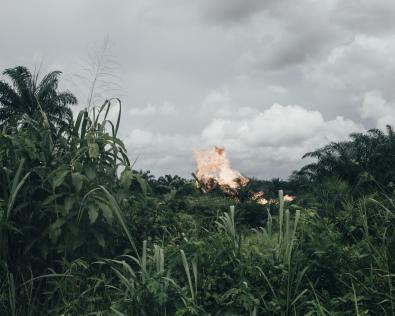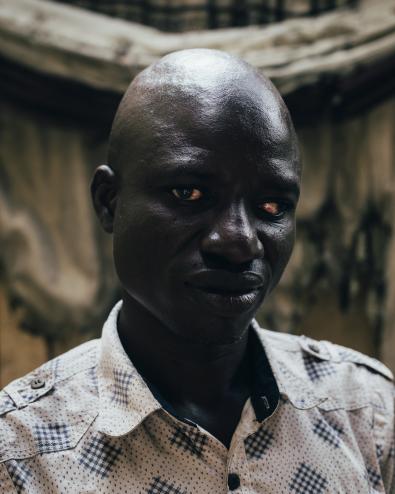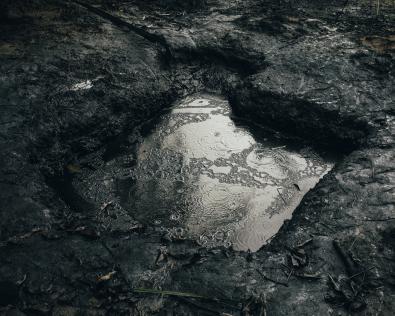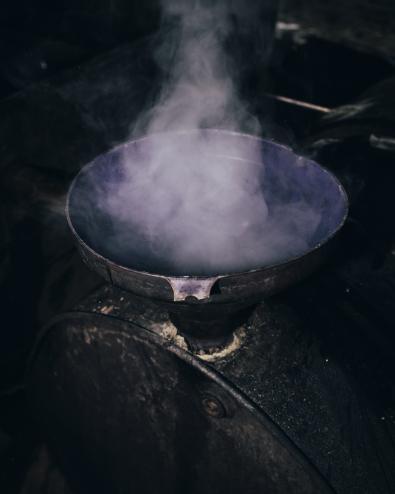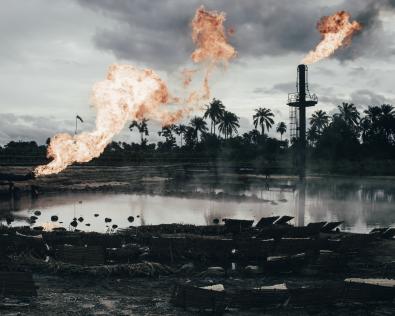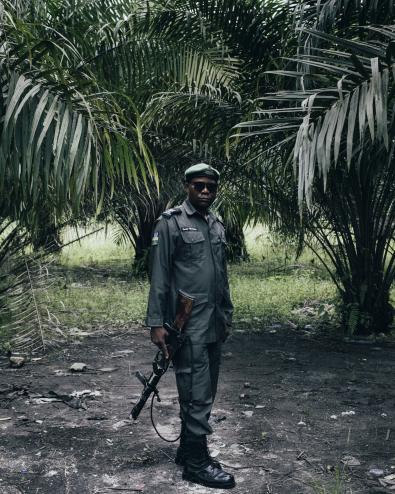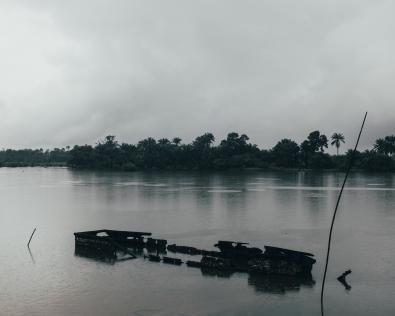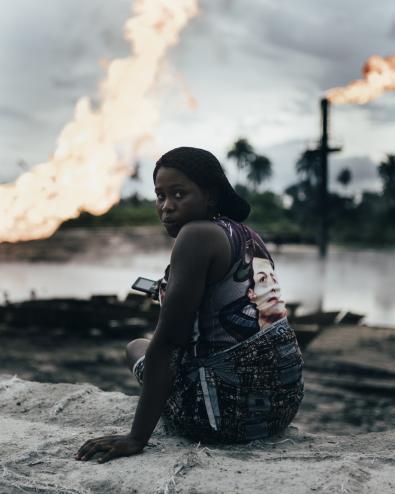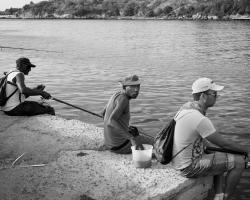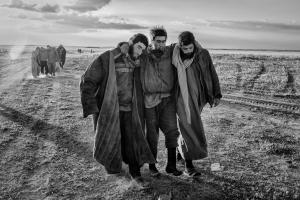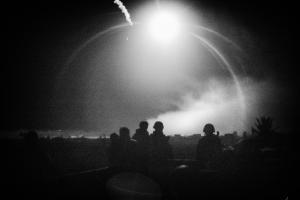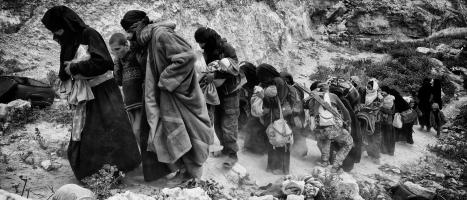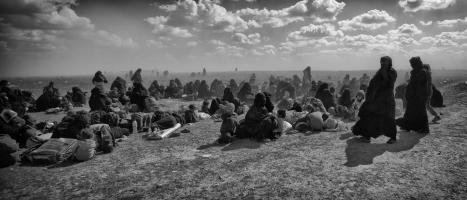1st Place; Wahala by Robin Hinsch
Covering 70,000 sq km (27,000 sq miles) of wetlands, the Niger Delta was formed primarily by sediment deposition. The region is home to more than thirty million people and 40 different ethnic groups, making up 7.5% of Nigeria’s total land mass. It used to boast an incredibly rich ecosystem, containing one of the highest concentrations of biodiversity on the planet, before the oil industry moved in. The Nigerian department of petroleum resources estimates that 1.89 million barrels were spilled in to the Niger Delta between 1976 and 1996. What’s more, a report from the United Nations suggests there have been a total of 6,817 spills between 1976 and 2001, amounting to some three million barrels of oil. So far, the authorities and oil companies have done little to clean up and neutralise the Delta, and oil spills are still very common. Half of the spills are caused by pipeline and tanker accidents, while others are the result of sabotage (28%), oil production operations (21%), and inadequate production equipment (1%). Another issue in the Niger Delta is gas flaring, a byproduct of oil extraction. As the gas burns it destroys crops, pollutes water and has a negative impact on human health. Wahala was shot in Nigeria in 2019 and draws attention to untamed economic growth and its negative impact on ecology.

